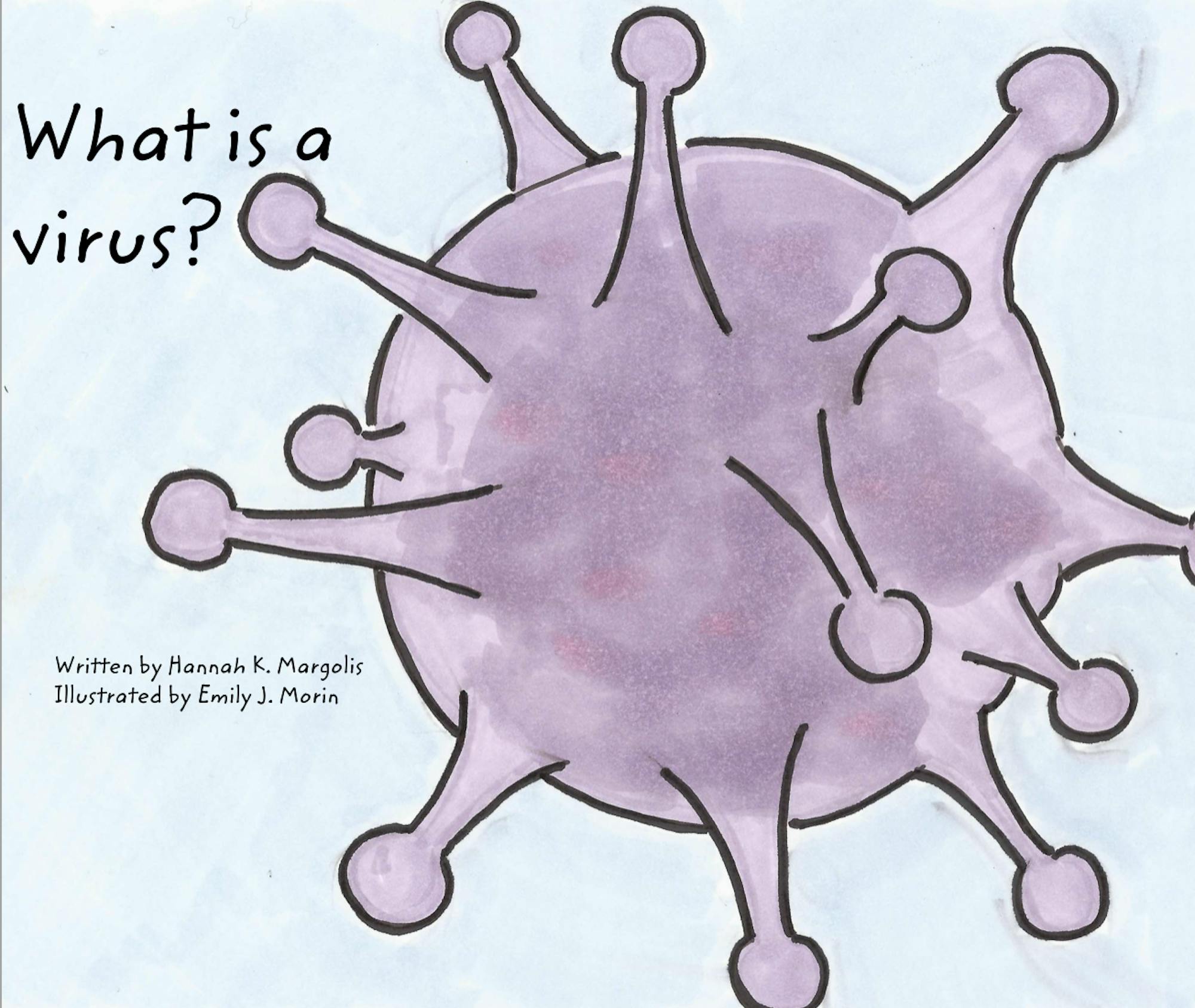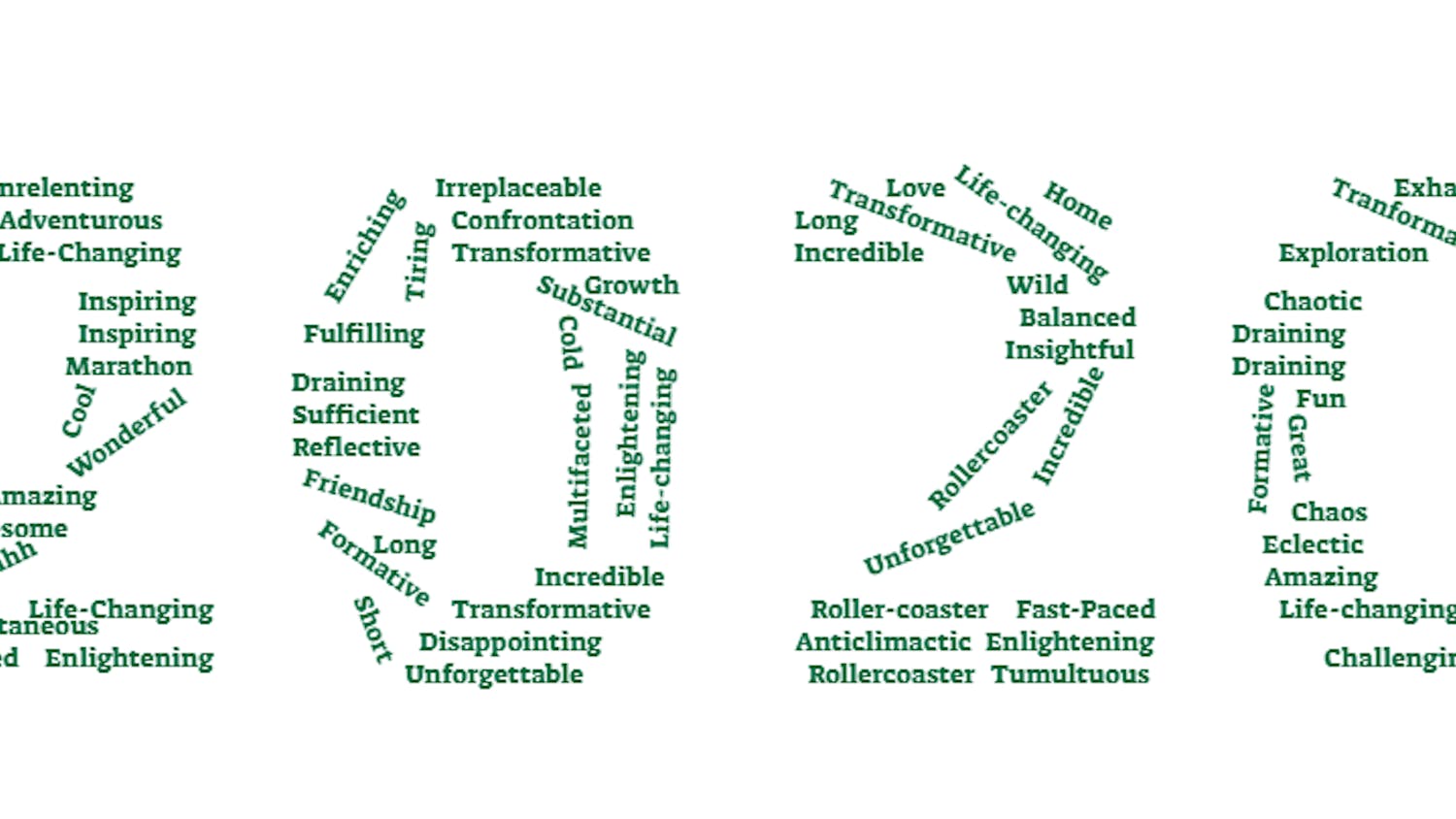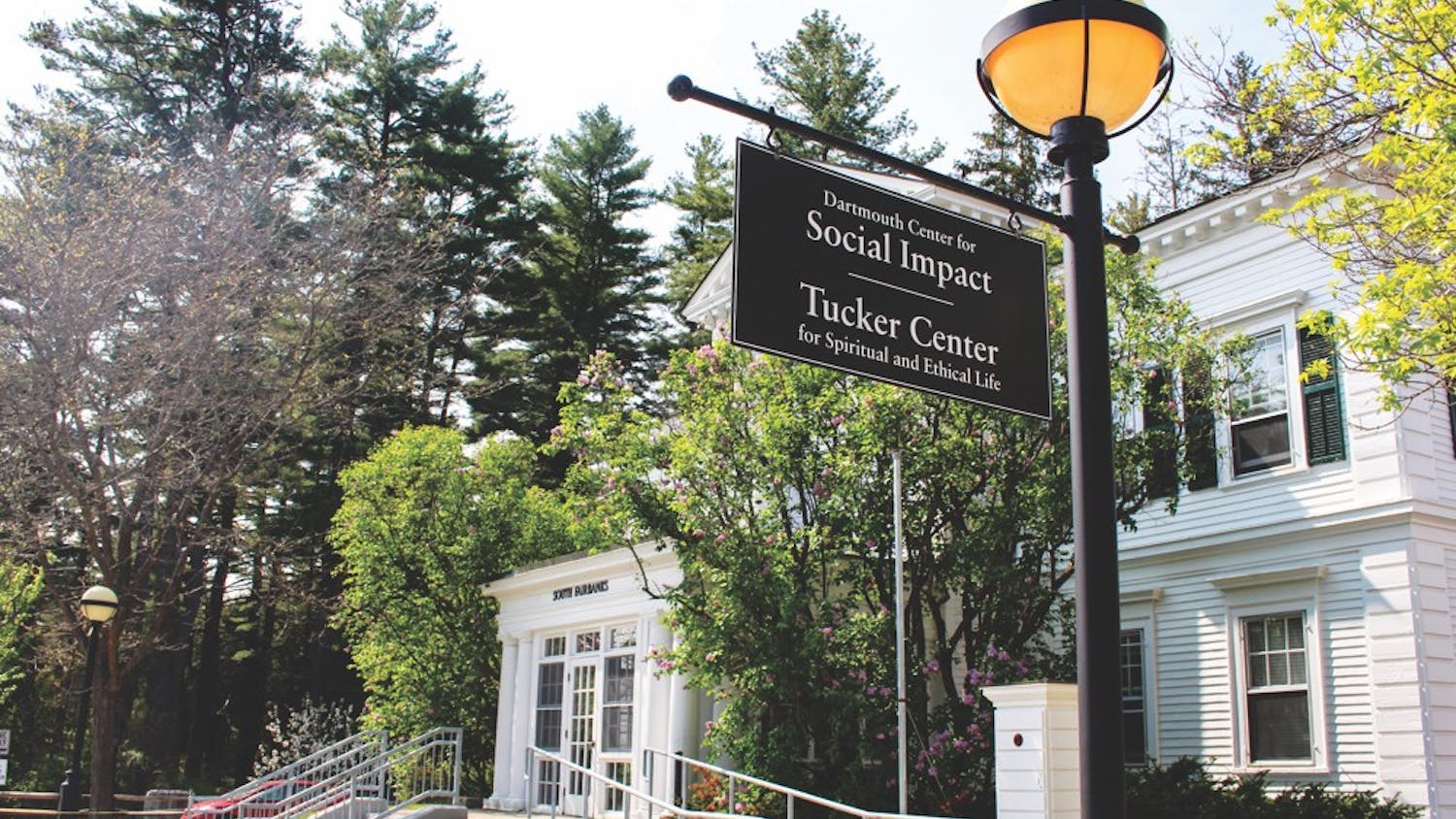Children all over the country have been stuck at home due to the COVID-19 pandemic, and many of them might not fully understand the reasoning for this quarantine. While this virus might seem daunting to explain for some, Hannah Margolis ’20 saw the pandemic as an exciting opportunity for science education.
Margolis used her time at home to write and publish her children’s book “What is a Virus?” Illustrated by Emily Morin ’20, the book teaches kids (and their parents) more about the coronavirus, the common cold and what can be done to keep yourself healthy.
“I saw some kids’ books coming about about pandemics, or the coronavirus specifically, but I think they downplay the ability of kids to really understand what’s happening,” Margolis said. “Those books don’t really describe what a virus is, they might anthropomorphize it, stuff like that. I think there was a need for something that was very clear and concise and realistic and honest. This is what a virus is, this is how they work, and this is how you protect yourself.”
Once she recognized a demand for more information, Margolis started writing. She was finished with the story within 48 hours. As a biochemist and structural biologist, with a degree in biochemistry and global health, she already knew most of the material.
After the story was written, Margolis needed an illustrator. She put an ad out to her classmates on Facebook, and Morin was quick to reply. Although the two did not know each other prior to this endeavour, Morin now describes their relationship as a “a quarantine-built friendship.”
Morin had taken the English course ENGL 55.18, “Research as Picture Books,” which had given her some exposure to illustrating research. She said that this class, and specifically her experience of turning hard, factual information into children’s drawings, made her excited to work on “What is a Virus?”
Morin wanted to make “What is a Virus?” warm and inviting for kids, choosing to use only pastel colors. The viruses appear as themselves, rather than as animated versions, which Morin said was intentional.
“I very much did not want to draw viruses as little creatures. Hannah, in her vision for the book, was very committed to it being about science and educating kids, not anthropomorphizing what a virus looks like,” Morin said.
The book follows three distinct characters. In the story, a boy stays home sick, while one girl is responsible for taking care of her siblings and another girl shows an interest in science.
According to Morin, this is to give children more agency — it shows more diversity of situations, since everyone is impacted by the coronavirus and quarantine in such different ways.
“We’re all going through collective grieving and collective trauma with this pandemic and everyone should be represented in that,” Morin said. “What Hannah and I talked a lot about is what this situation looks like for kids. Suddenly, they’re not at school and might be surrounded by anxieties they can’t fully process. If their parents are at home, if they have more responsibilities as a caregiver.”
In addition to illustrations, most pages contain sidebars with more information. They range in content from describing the function and composition of DNA, RNA, proteins and lipids to describing the work of scientists such as Robert Hooke, Antony Van Leeuwenhoek and Rosalind Franklin.
According to Margolis, the inclusion of sidebars was a very intentional decision to provide more levels to the book. That way, she said, kids can come back to the story when they are older and still have something new to learn.
“When I was little, I loved books with sidebars, because you could read the story and then there was more story,” Margolis said. “I wanted it to be more discovery based and keep kids entertained and have something for everyone.”
Since “What is a Virus?” is available for free online, Margolis and Morin do not receive any monetary compensation. They feel it is much more important for the story to be easily accessible so that it can get in the hands of as many families as possible.
“Right now, the public is literally asking to know more, and it’s our responsibility as scientists to take advantage of that,” Margolis said.
In order to promote “What is a Virus?” Margolis has been talking with museums, like the Boston Museum of Science, and news outlets such as NHPR and VPR. She is also using social media platforms to promote the book and has already received positive feedback from parents, which she thinks is an equally important base to reach.
“One of the first comments I got was a woman and her four-year-old daughter that read it. The daughter thought it was pretty cool, and the mom said she learned some stuff too,” Margolis said. “That was my ultimate goal, for kids to think it’s cool and understand what’s going on and not feel talked down to, and for parents to have a better handle on what’s going on and how to talk to their kids about it.”
Margolis and Morin hope that, through the format of a children’s book, they can more easily disseminate simplified, yet important information on COVID-19 to both parents and kids. That way, kids won’t be intimidated or scared and can better understand the basics of the pandemic.
“I hope that they understand more of the current situation, the actions that they can take to be safe and keep those that they love safe,” Morin said. “In a more grand-scheme-of-things, thinking of longevity, I hope they may discover an interest in science.”




